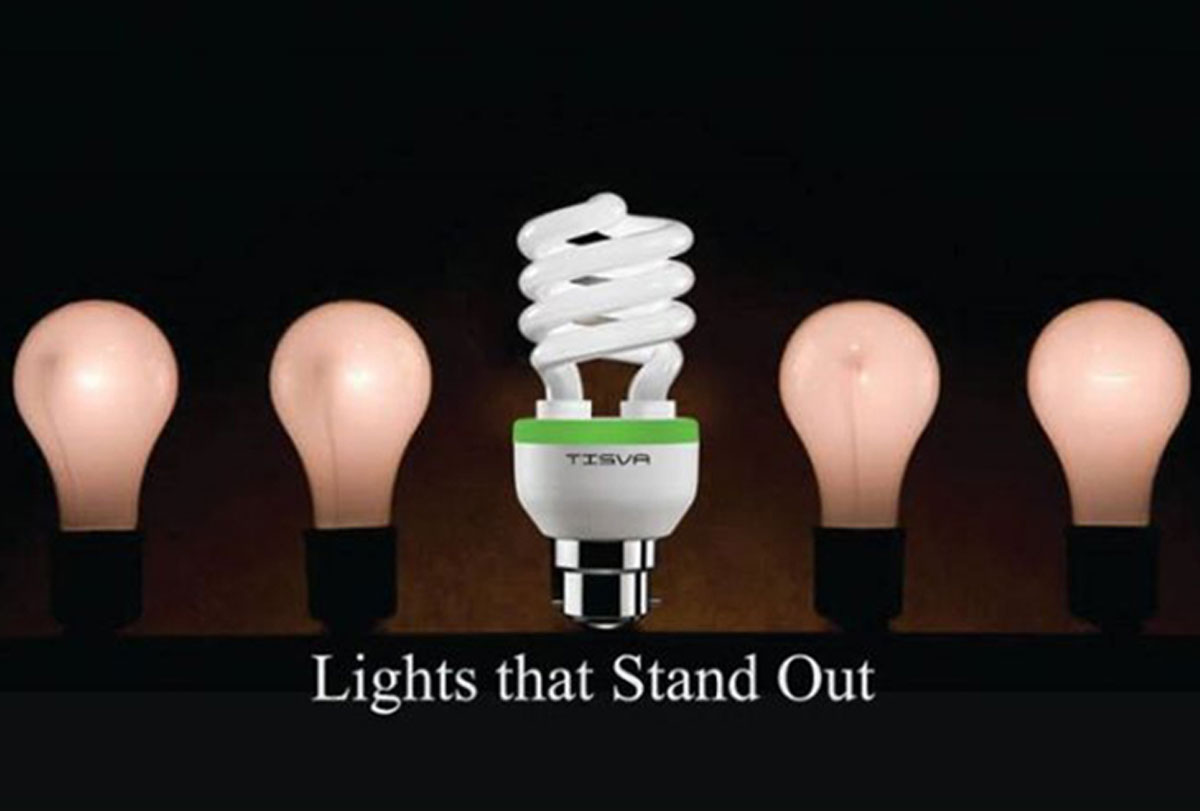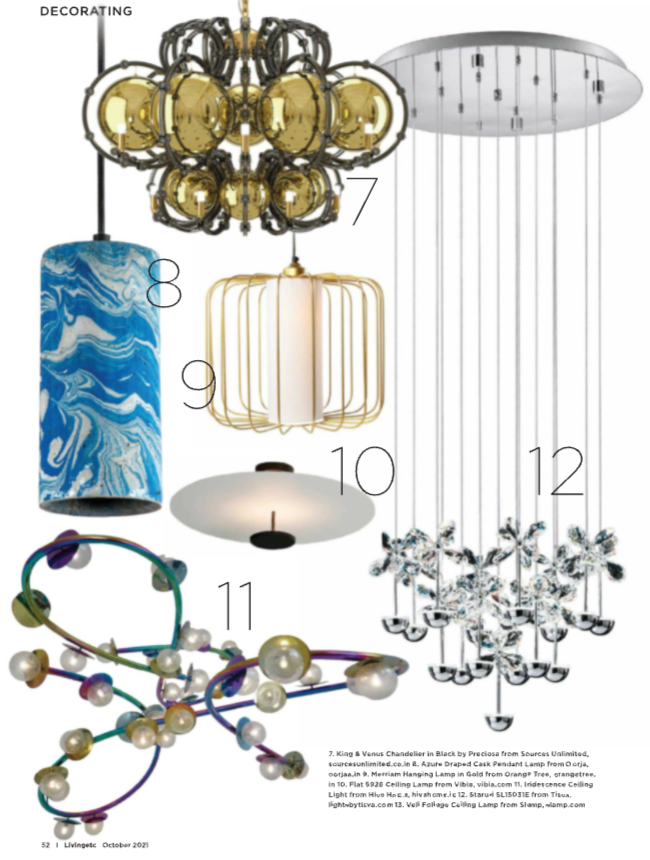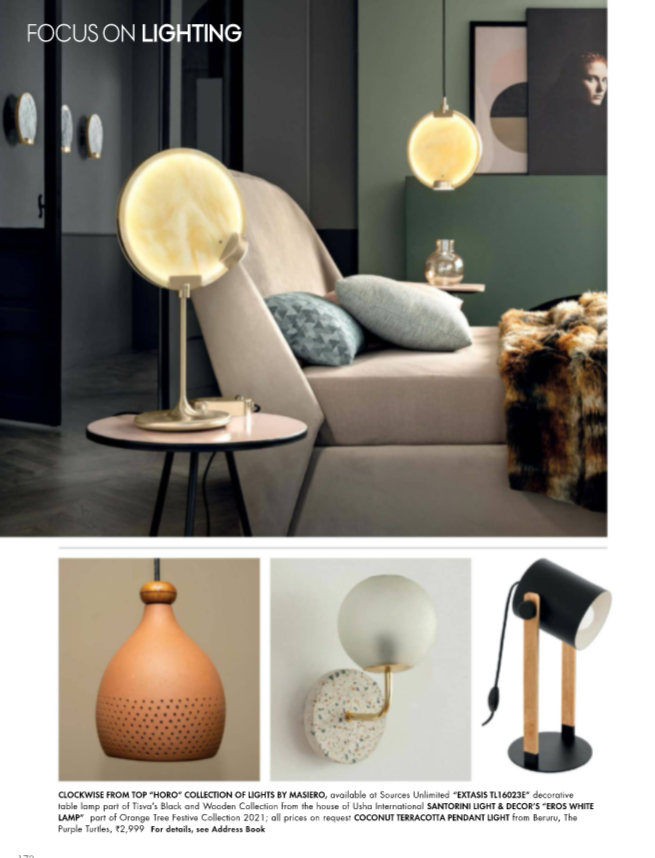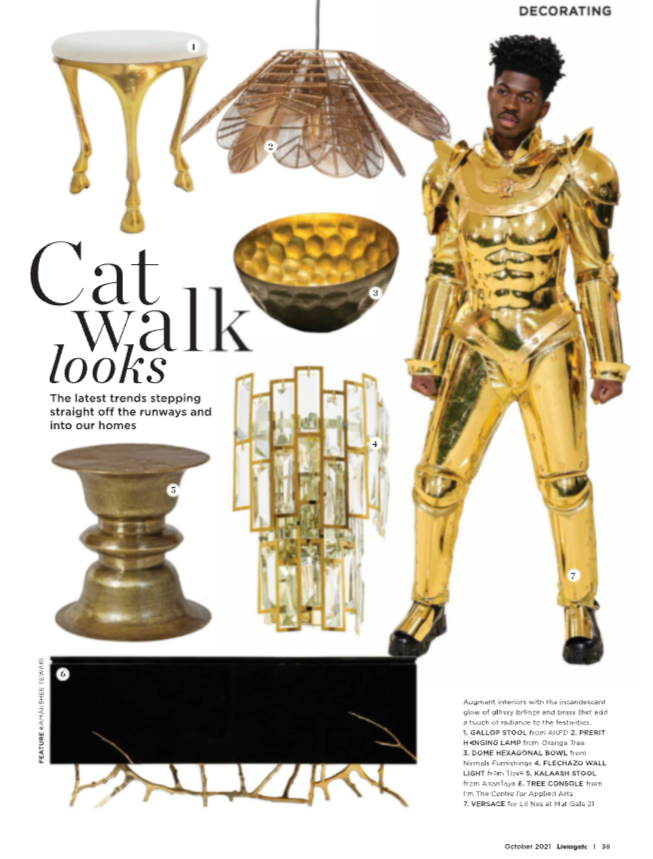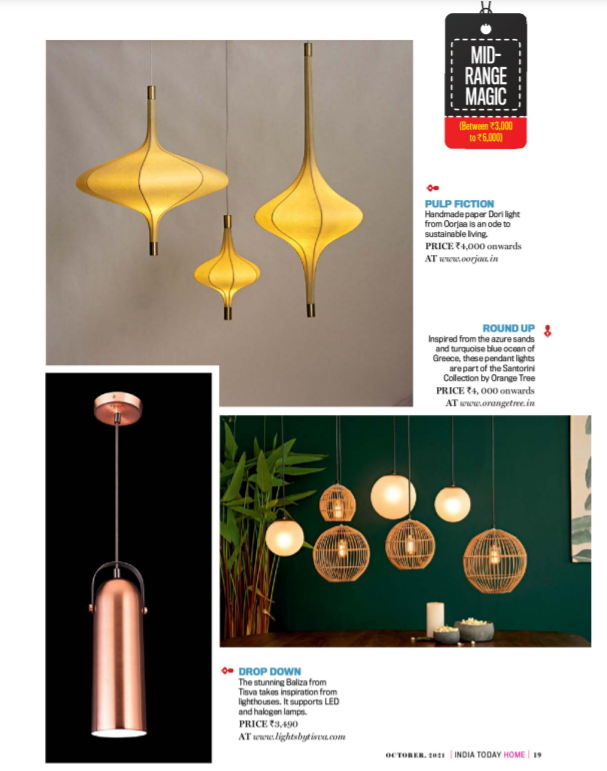Daylight
The principal characteristics of Daylight is that it changes with the time of day and year; even surrounding objects, pollution and position of the house will affect how daylight can be utilized as a part of design. Daylight has two components: Sunlight and Skylight. Sunlight is the direct beam of light from the Sun. Skylight […]







